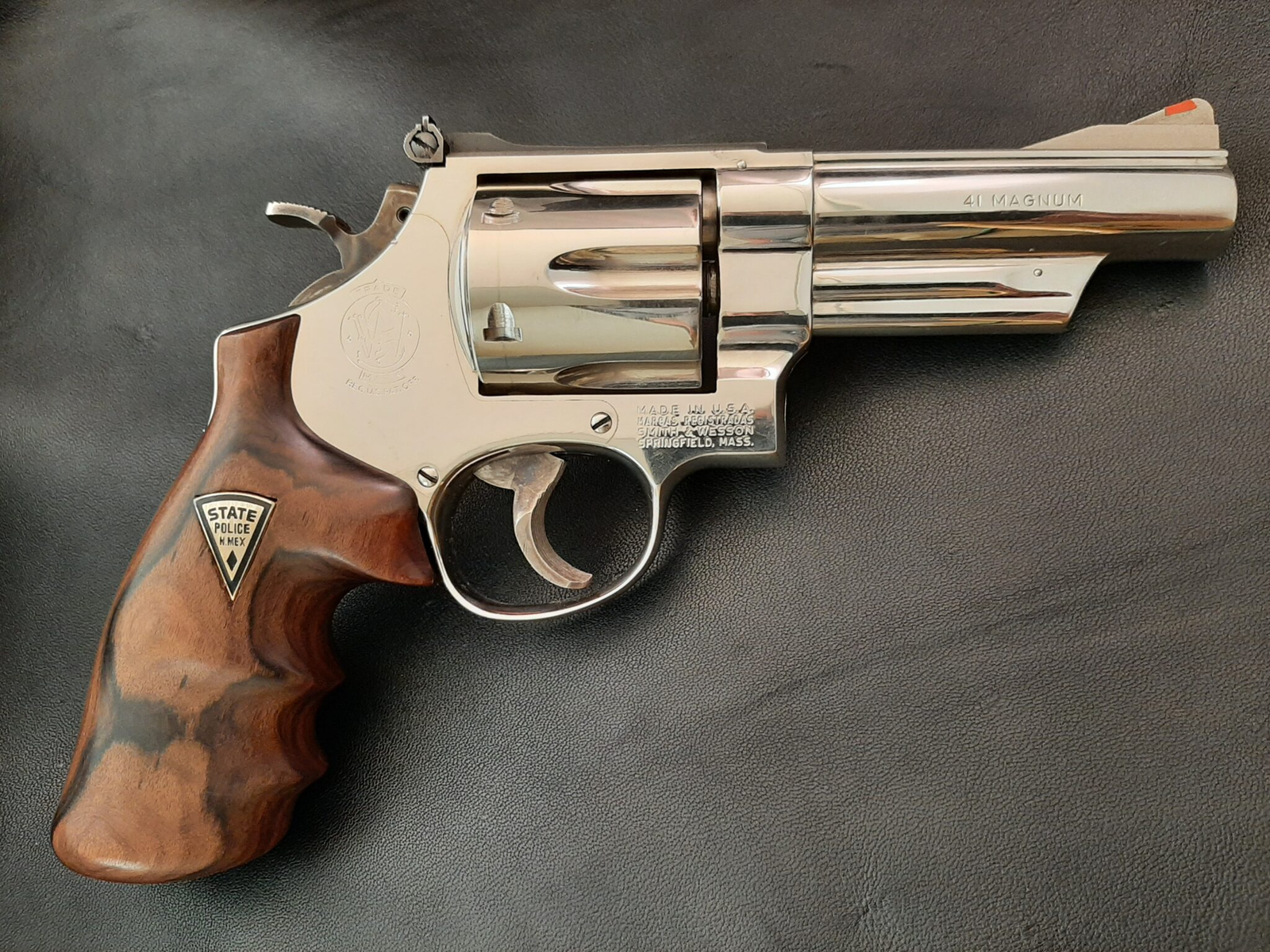
The .41 Remington Magnum occupies an interesting but admirable position in the annals of handgun development. Created to be placed squarely between the recoil-bumping thump of the .44 Magnum and the lighter-shooting .357 Magnum, the goal was to create the ideal middle child.

The thought was straightforward: a cartridge with sufficient stopping power for hard use without the abusive kick that made shooters hesitate. Its course, though, has been a mix of promise and lost chances, sustained by a loyal audience unwilling to see it disappear.

The history of the .41 Magnum originated in the early 1960s when three of the most influential shooter personalities—Elmer Keith, Bill Jordan, and Skeeter Skelton—implored a new revolver cartridge. They felt law enforcement required something with greater authority than the .38 Special but less to manage than the .44 Magnum. Through the assistance of Smith & Wesson, Colt, Ruger, and Remington, the cartridge was born in 1964, together with the launch of the Smith & Wesson Model 57.

Ballistics positioned the .41 between its brethren neatly. Chambering a .410-inch bullet, typical loads launched a 210-grain bullet downrange at 1,200 to 1,500 feet per second based on barrel length and ammunition. The outcome was a flat-shooting cartridge that could equal the .44 Magnum in energy but was slightly kinder on wrists. It provided a pleasant medium that shooters could enjoy both on the range and in the field.

But the cartridge had trouble with its targeted market. Police officers couldn’t accept the revolvers chambered for it—the S&W Model 57 and the more duty-minded Model 58—because they were too big and clumsy.

Even the reduced “police loads” produced more recoil than the .38 Special sidearms most agencies issued. At the same time, the growing popularity of semi-automatic pistols and the cinematic splash of the .44 Magnum from Hollywood left the .41 Magnum scrambling for attention.

Where the .41 discovered its rightful place was not on police sidearms but in the hands of hunters and serious gun enthusiasts. Its flat trajectory and consistent accuracy made it a superb selection for handgun hunting, with sufficient authority to drop deer, hogs, and even black bears without the bone-jarring impact of larger magnums. It also became known in silhouette shooting competitions, in which accuracy and consistency mean everything, and the cartridge performed both in abundance.

Though never attaining the commercial popularity of the .44 Magnum, the .41 has been a consistent, if limited, presence. Ammunition manufacturers such as Remington, Federal, Hornady, and Underwood still make quality loads, including high-end hunting loads like the XTP and Swift A-Frame.

Revolver fans continue to appreciate it in classics like the Smith & Wesson Model 57, Ruger Blackhawk, and Ruger Redhawk, and a few lever-action rifles preserve the caliber in the rifle world.

Nowadays, the .41 Magnum is less of a mainstream cartridge and more of a cult favorite. Those who shoot it admire its unusual combination of power, accuracy, and shootability. Handloaders particularly like the possibility of customizing it to suit everything from light practice loads to heavy hunting rounds and making it one of the more versatile magnum revolver cartridges still in existence.

It perhaps never did reach the status of universal police cartridge its designers had in mind, but the .41 Remington Magnum has gained its place in another sense. For gunners who were less concerned about fashion and more concerned with function, it was a cartridge that found the sweet spot—and continues to command respect years after its introduction.
